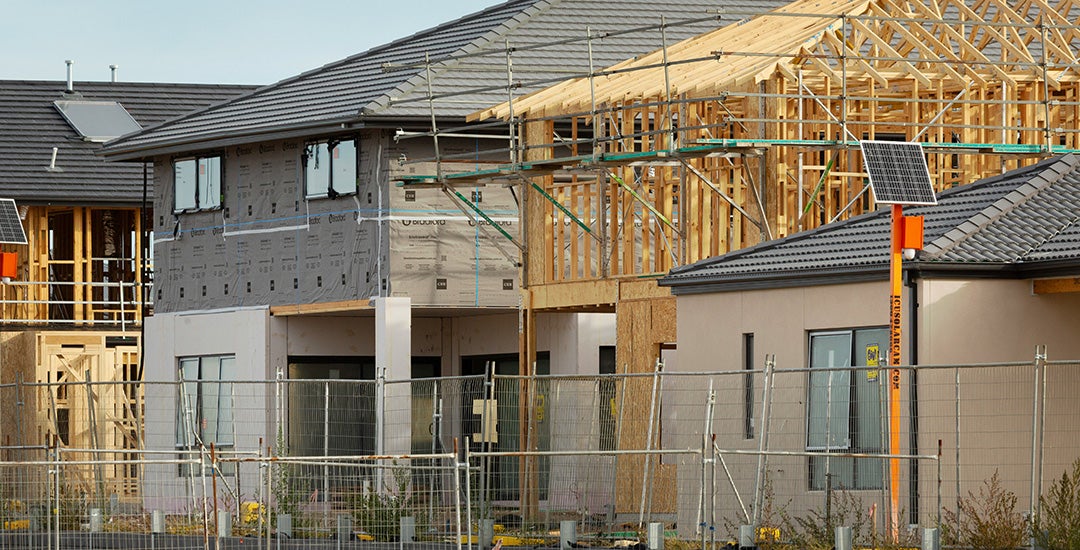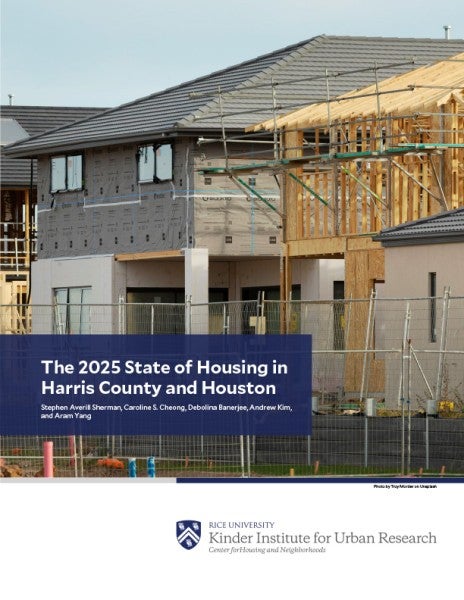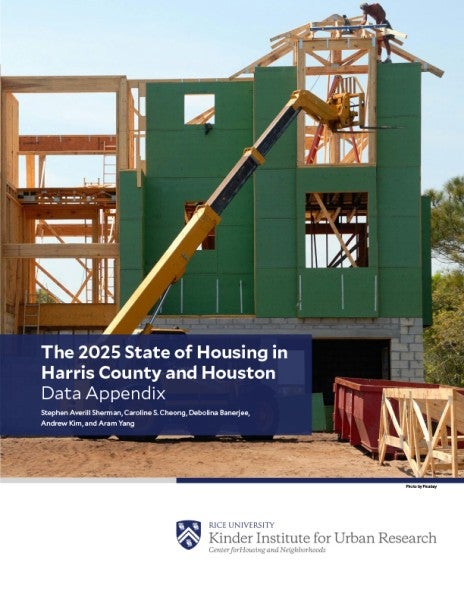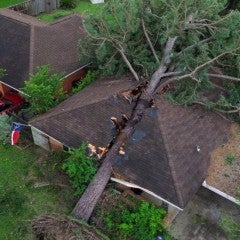Since 2020, the Kinder Institute for Urban Research has provided an in-depth snapshot and analysis of Harris County and Houston’s rapidly changing housing landscape. As each study has found, both renting and buying a home in the area has become increasingly unaffordable to many households, despite being nationally known as a city with much lower housing prices.
In addition to building on key indicators from previous years, the 2025 State of Housing report takes a closer look at the impact of extreme weather and climate change on housing affordability and neighborhood livability. Crucially, the report finds the cost of coping with and adapting to these conditions is borne most heavily by those who can least afford it.
Editor's note: The report was updated on July 24 to correct a miscalculation about the increase of impervious surfaces in Harris County. From 2014 to 2023, the county added about 38 square miles of pavement or structures.
Key findings
Core housing indicators
- Affordability gaps for homeownership have deepened, as increases in land and home prices outpaced wage gains. Residents in Houston and Harris County experience an affordability gap of $175,967 and $129,763, respectively.
- Large increases in rent have created more cost-burdened households — the county added roughly 15,000 cost-burdened renters in one year alone.
- Houston remains a renter-dominated city, but homeownership has increased in the city and county, each losing about 20,000 rental households while gaining around 12,000 owner-occupied households between 2022 and 2023.
- Population trends show suburban movement and central city stagnation.
Climate change and housing
- In both flood-prone communities and communities with higher land surface temperatures, a significantly larger share of residents live in poverty. Vulnerable households are consigned to risky places.
- Air quality continues to endanger Houstonians, particularly in predominantly Hispanic/Latino neighborhoods.
- Poorer communities must rely on FEMA aid, emphasizing the societal inequities that lead to uneven impacts from weather events.
- Housing stock in some communities is not climate-resilient. Countywide:
- 106,975 residential structures lack central air conditioning
- 40,205 lack piped-in natural gas, electrical or solar heat
- Flood insurance uptake is still insufficient, given the region’s vulnerabilities.
- Climate-induced home insurance increases may add over $15,000 to home costs, exacerbating an already precarious housing affordability landscape.
The State of Housing report and webinar are made possible with lead funding by Wells Fargo. Data from the report is housed in the Kinder Institute's Urban Data Platform.1 A data dashboard with neighborhood-level indicators is also available.
1Kinder Institute for Urban Research. (2025). State of Housing (2025) - Data Archive (Version 1) [Data set]. Rice University, Kinder Institute for Urban Research: Urban Data Platform. https://doi.org/10.25612/837.6381wvwvjxxg








